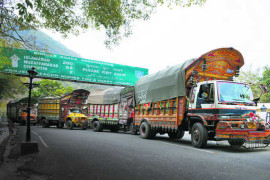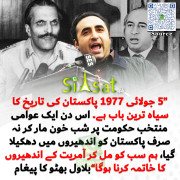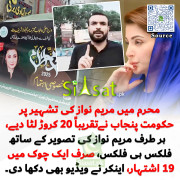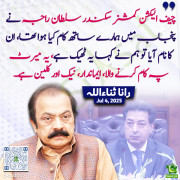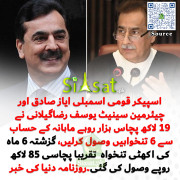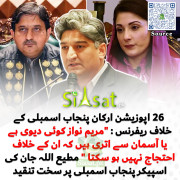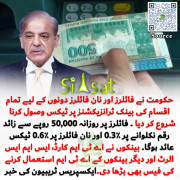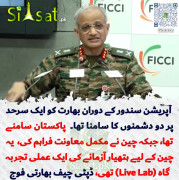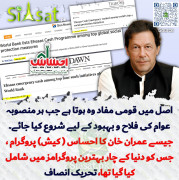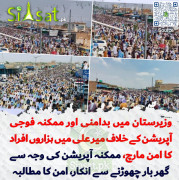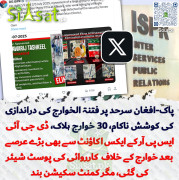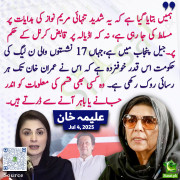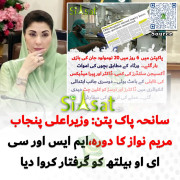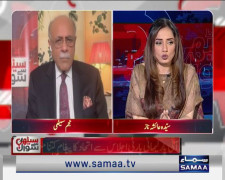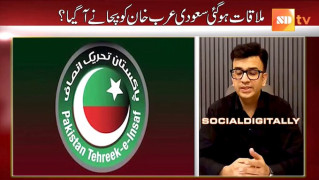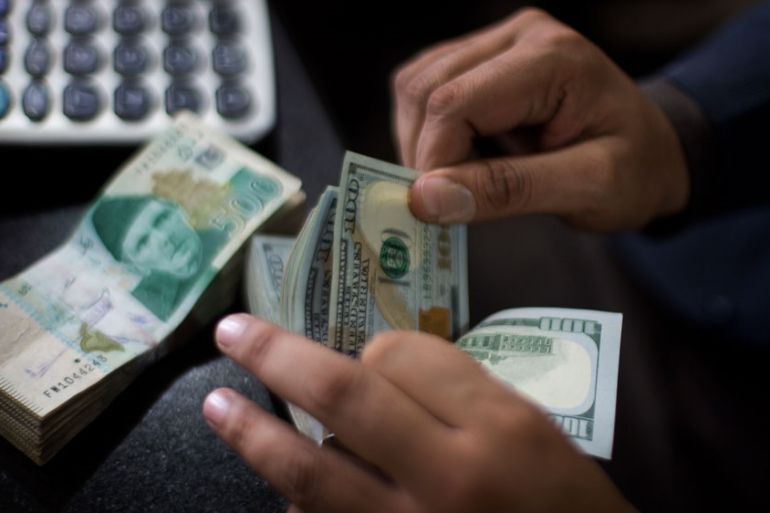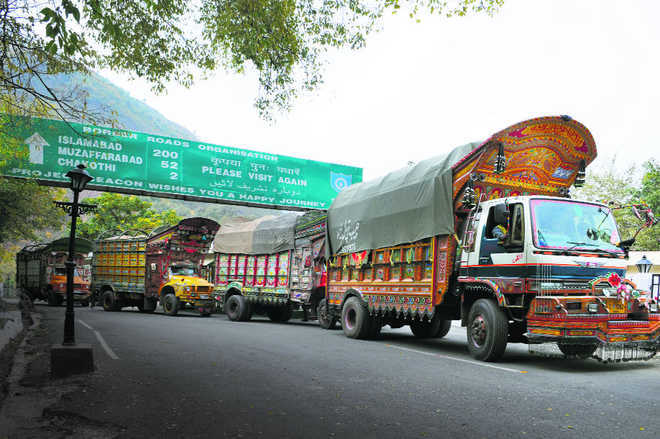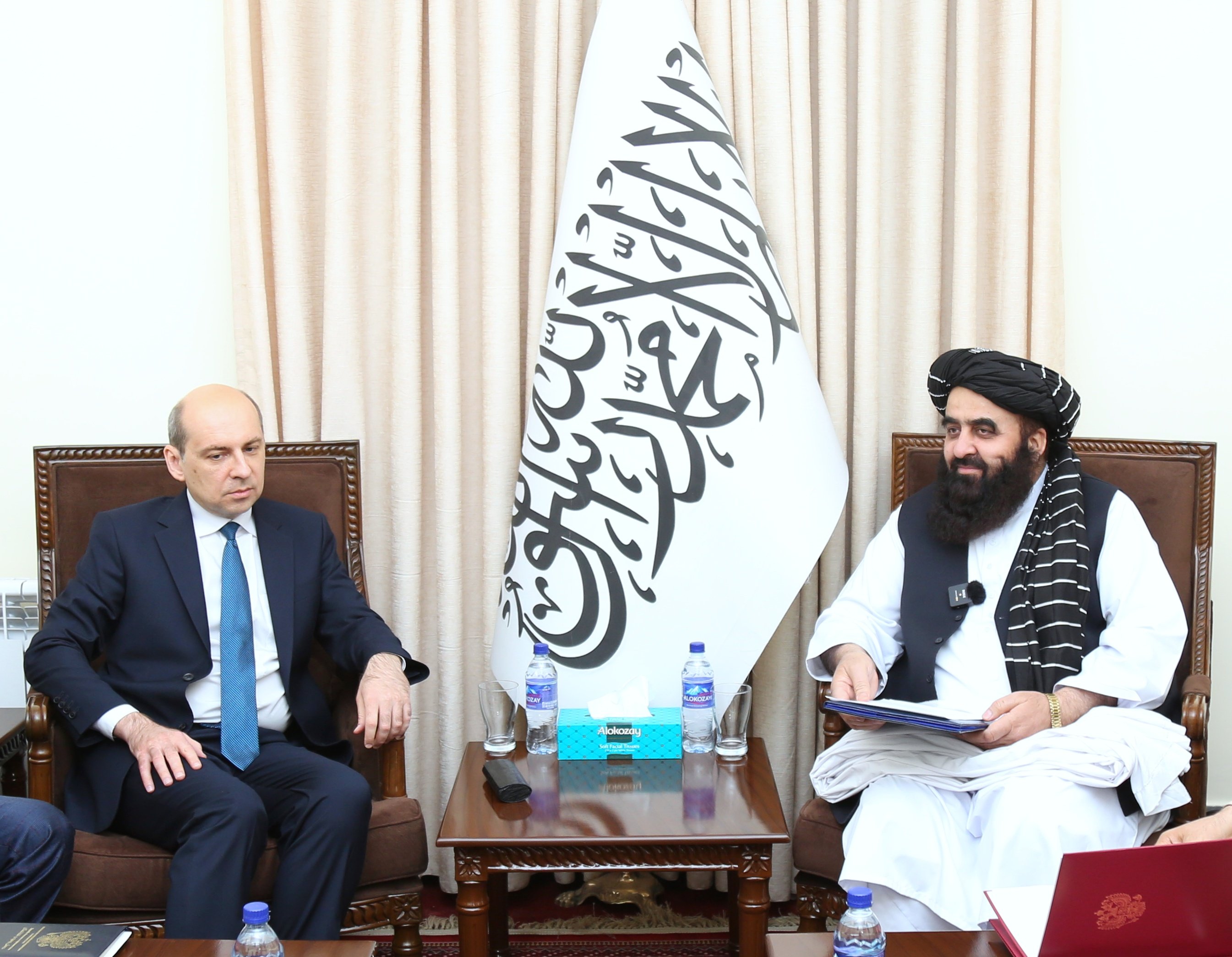modern.fakir
Chief Minister (5k+ posts)
‘The promise of Pakistani middle class’
The news from Pakistan cannot be all bad, or all good. There are both –always.
First the bad news. Pakistan is facing a horrid energy crisis with load-shedding of horrible proportions. If the energy crisis is not resolved quickly, this will be a major impediment to the industrial sector. The private sector has made huge efforts, the IP pipeline is almost complete, coal will be harnessed in the next few months, and wind and solar are being harnessed.

Let facts intrude, despite a horrendous earthquake and once in a century flood that totally devastated the country — the silt brought in a bumper crop exceeding all previous records of wheat growing, allowing Pakistan to export wheat!

Despite drone attacks and foreign sponsored terror, Pakistani remittances are at a record level.
It must be remembered, that Pakistan doubled its GDP in the past 10 years.


This is confirmed by the statistics published by PIDE “These definitions have been used to estimate the much-quoted Indian middle class to be as big as 250 million. Pakistan’s around 80 million compares well with its neighbour’s middle class.”
Ifthikar was refuting an article written by S. Akbar Zaidi who wrote an article in the “Economic and Political Weekly” –the usual Pakistanphobic article written by obsequious Indian Muslim who want to prove to their bosses that they are more “loyal to Catholicism than the Pope”. Iftikhar then refutes the article in the Bharati journal.
Prof Dr Muhammad Nizamuddin writes in the Nation with the following opinion.

He further adds “A landmark document, titled Pakistan in the 21st century: Vision 2030, envisages a “developed, industrialised, just and prosperous Pakistan through rapid and sustainable development in a resource constrained economy by developing knowledge inputs.” The opening paragraph of Vision 2030 emphasises on “knowledge inputs” for the development of Pakistan. “Knowledge inputs” inevitably result into human development, which then lays down the path of sustainable development of a nation.”
There are cliffs in Pakistan’s charted course. However if Pakistan made progress in one of the most corrupt and inefficient governments seen in Islamabad–what would happen if the next government has any level of competence! (bigsmile)
The news from Pakistan cannot be all bad, or all good. There are both –always.
First the bad news. Pakistan is facing a horrid energy crisis with load-shedding of horrible proportions. If the energy crisis is not resolved quickly, this will be a major impediment to the industrial sector. The private sector has made huge efforts, the IP pipeline is almost complete, coal will be harnessed in the next few months, and wind and solar are being harnessed.
- The war next door, foreign and sponsored terror should have decimated the growth, but growth is creeping back.
- A balance of payments crisis is looming ahead, and it remains to be seen how Islamabad’s new government will deal with dwindling foreign exchange funds.

Poverty in Pakistan (Photo credit: Wikipedia) going down
The discussion of the Pakistani economy is often stuck in the pessimism imparted by looking at the half-full glass. The Liberal establishment is always armed to prove that Quaid’s Pakistan has not been achieved, and point to this that and the other to make their point.
Let facts intrude, despite a horrendous earthquake and once in a century flood that totally devastated the country — the silt brought in a bumper crop exceeding all previous records of wheat growing, allowing Pakistan to export wheat!

London Pakistani middle class (Photo credit: Wikipedia)
Despite a colossal energy crisis, the resilience of the Pakistani manufacturer is propelling Pakistan towards record exports this year.
Despite drone attacks and foreign sponsored terror, Pakistani remittances are at a record level.
It must be remembered, that Pakistan doubled its GDP in the past 10 years.

English: Pakistan GDP Growth Rate 1951-2009; Data Source: Federal Bureau of Statistics, Govt. of Pakistan (Photo credit: Wikipedia)
A plethora of books are predicting a bright future for Pakistan, based on the rise of a strident and expanding Pakistani middle class.
- Durr-e-Nayab’s “Estimating the Middle Class
in Pakistan” (Pakistan Institute of Development Economics, Islamabad) - http://www.pide.org.pk/pdf/Working Paper/WorkingPaper-77.pdf
- Maleeha Lodhi’s Pakistan: Beyond the Crisis State;
- Anatol Lieven’s Pakistan: A Hard Country and
- Javed Jabbar’s Pakistan – Unique Origins; Unique Destiny
English: Pakistan Monument by night (Photo credit: Wikipedia)
Momin Iftikhar wrote a prodigious article in “The Nation” in July 2012 titled “The promise of Pakistani middle class”, it was stated that according to the Asian Development Bank report on the rising middle class of South Asia, “the Pakistani middle class has grown to 40 percent of the population, significantly larger than India’s 25 percent; outstripping its neighbour 36.5 percent to 12.8 percent on a comparative scale of growth since 1990. As a level of upward mobility consumerism, the Economic Survey of Pakistan 2010-2011 revealed that the first nine months of the year under review saw rising demand for TV sets to 28.6 percent and vehicle purchase by 14.6 percent.”
This is confirmed by the statistics published by PIDE “These definitions have been used to estimate the much-quoted Indian middle class to be as big as 250 million. Pakistan’s around 80 million compares well with its neighbour’s middle class.”
Ifthikar was refuting an article written by S. Akbar Zaidi who wrote an article in the “Economic and Political Weekly” –the usual Pakistanphobic article written by obsequious Indian Muslim who want to prove to their bosses that they are more “loyal to Catholicism than the Pope”. Iftikhar then refutes the article in the Bharati journal.
Prof Dr Muhammad Nizamuddin writes in the Nation with the following opinion.

English: PTCL phone shop on Jinnah Avenue in Islamabad, Pakistan. PTCL is the national telephone company of Pakistan. (Photo credit: Wikipedia)
“The acquisition of these goods indicates that the middle class has been successful in Pakistan it has had the benefit of higher education that is being imparted on a larger scale and more scientific basis since the last decade.” He says that the HEC did its job in showcasing and building Pakistan’s universities and research programs.
He further adds “A landmark document, titled Pakistan in the 21st century: Vision 2030, envisages a “developed, industrialised, just and prosperous Pakistan through rapid and sustainable development in a resource constrained economy by developing knowledge inputs.” The opening paragraph of Vision 2030 emphasises on “knowledge inputs” for the development of Pakistan. “Knowledge inputs” inevitably result into human development, which then lays down the path of sustainable development of a nation.”
There are cliffs in Pakistan’s charted course. However if Pakistan made progress in one of the most corrupt and inefficient governments seen in Islamabad–what would happen if the next government has any level of competence! (bigsmile)

